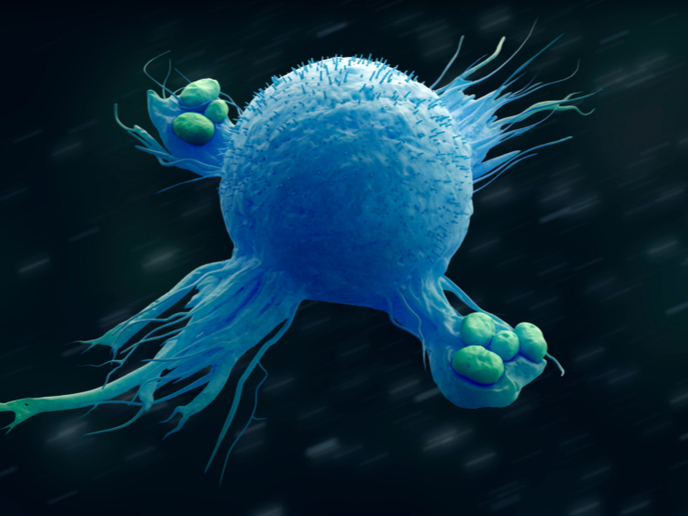Primate genes provide clues for human genome
Segmental duplications (SDs) are sections of DNA with almost identical sequences which are believed to have played a role in creating new primate genes. This can be witnessed in human genetic variation. Experimental and computer analysis shows that around 5% of the humane genome, which contains all of a person's hereditary information, consists of SDs. The EU-funded IDCHPRIMATESDS project is reconstructing the evolutionary history of all primate SDs in six primate species, including humans, chimpanzees, orangutans, gibbons, macaques and marmosets. The aim of the project is to shed light on the genetic innovations that have emerged from within these dynamic genomic regions. Molecular biologists are using fluorescence in situ hybridisation (FISH) and comparative genomic hybridisation technology (CGH) to identify and study non-human primate genomes. The primate genetic material is examined for unique features, such as polymorphism which involves different forms of the same species, together with patterns of genetic divergence. Researchers have addressed the question of polymorphism within primates, by determining how different regions of the genome behave compared to other forms of mutations. The results have shown that with regards to SDs humans are less polymorphic than the chimpanzees and orangutans. A structural map can be created for each non-human primate species which indicates those regions that show variation when compared to the organisation of the human genome. This work can help scientists to better understand the evolutionary origin and selection on these regions. Regions of the genome enriched for SD can contribute to disease, the emergence of novel genes and significant genetic differences between and within species. Therefore, the work carried out by the project can help provide greater insight into the human genome and genetic disorders and possible treatments.







